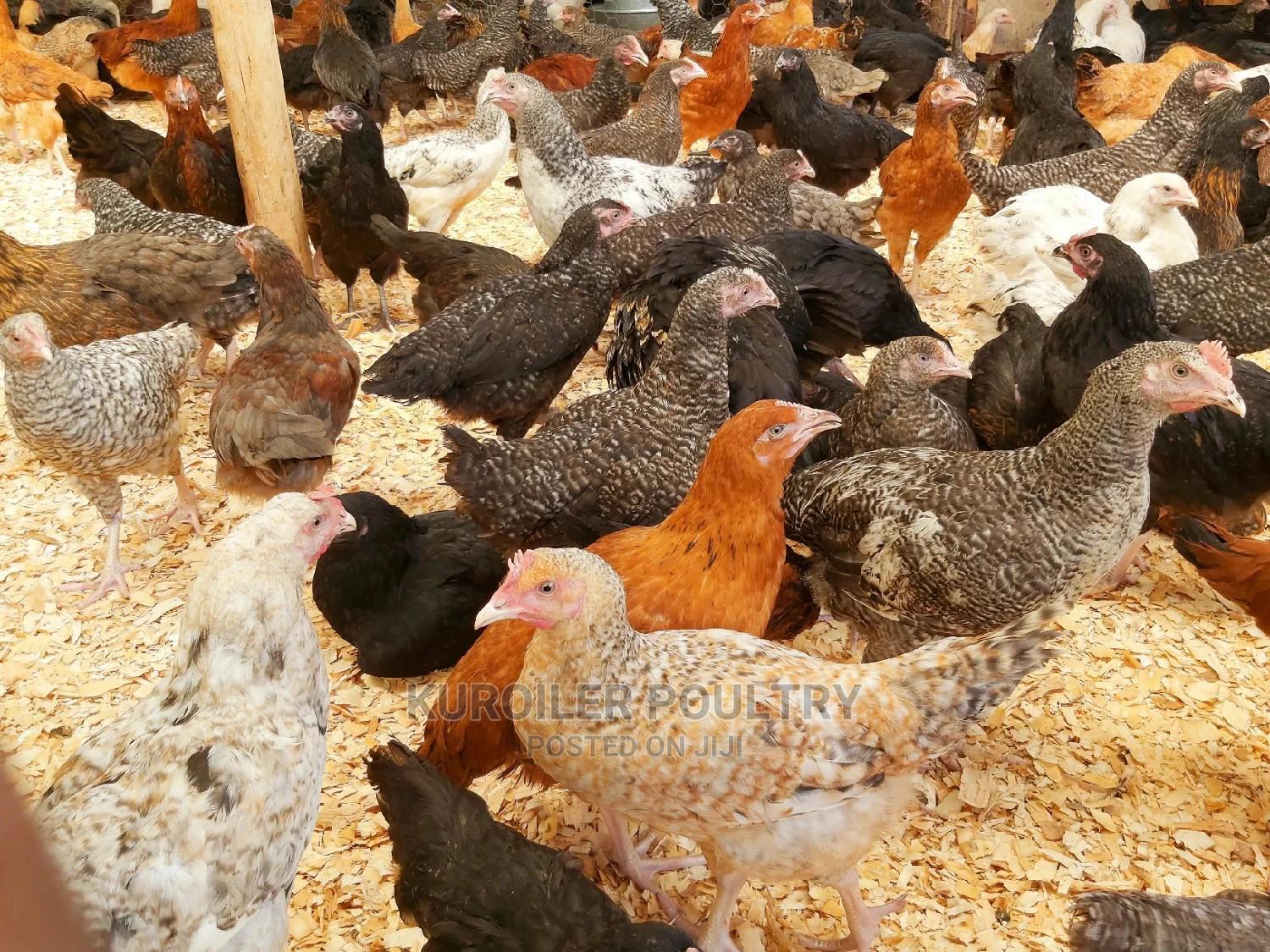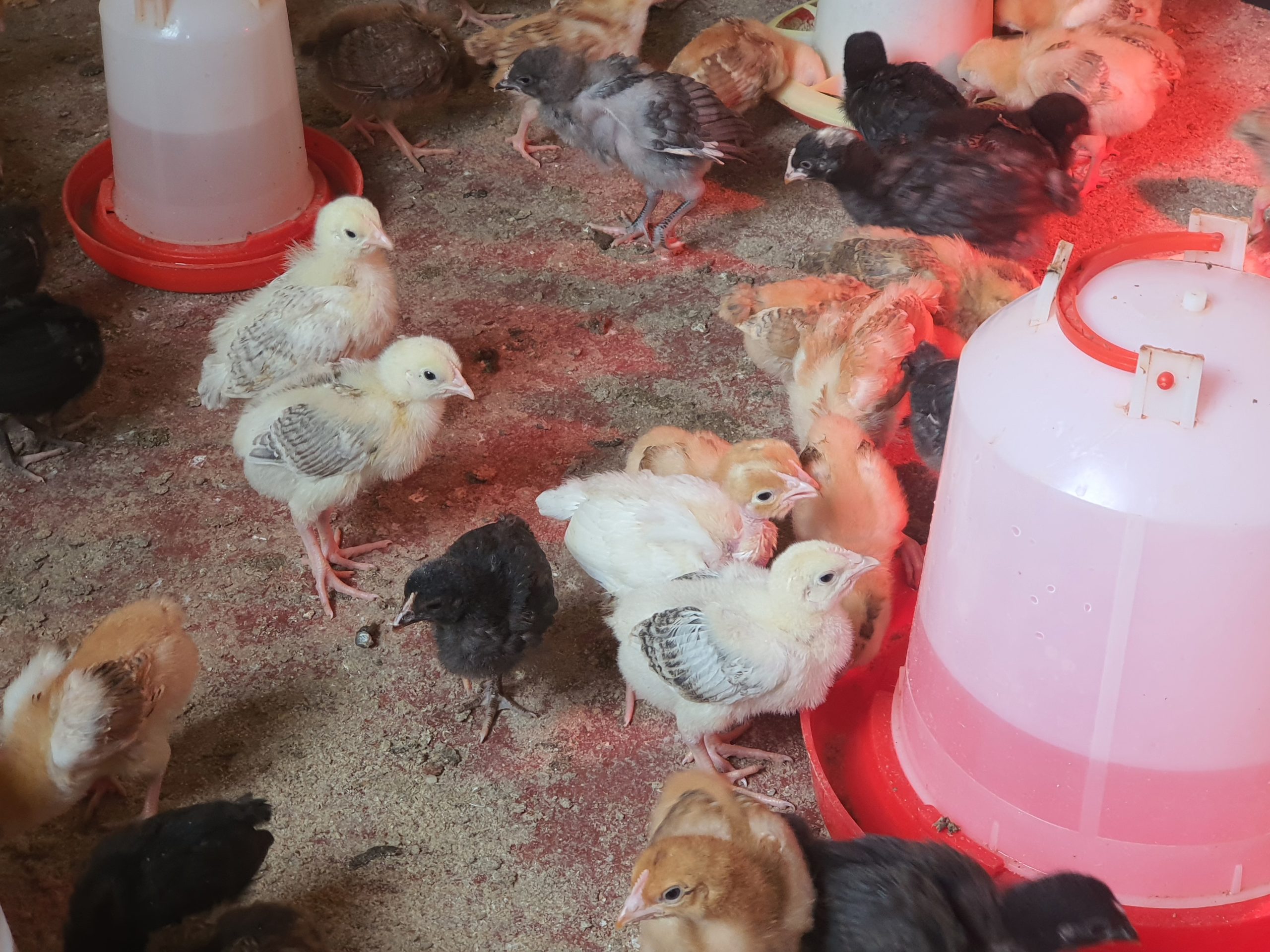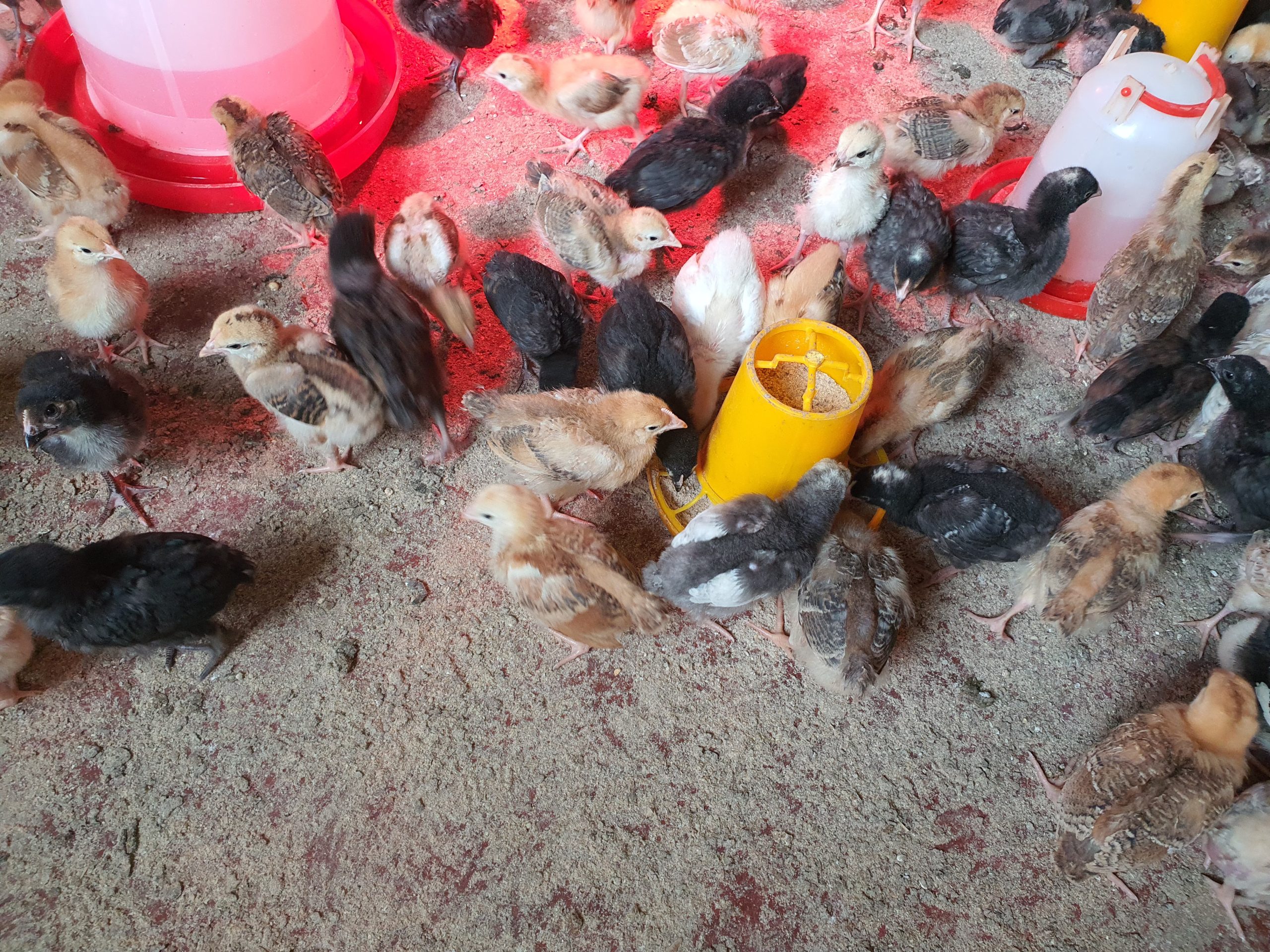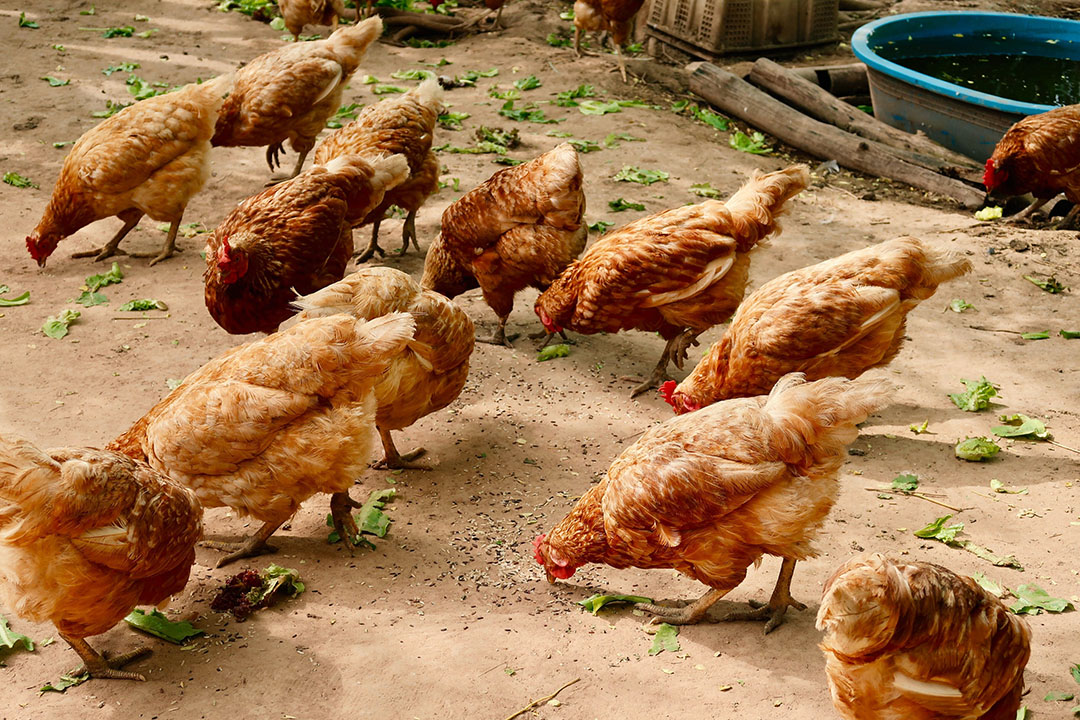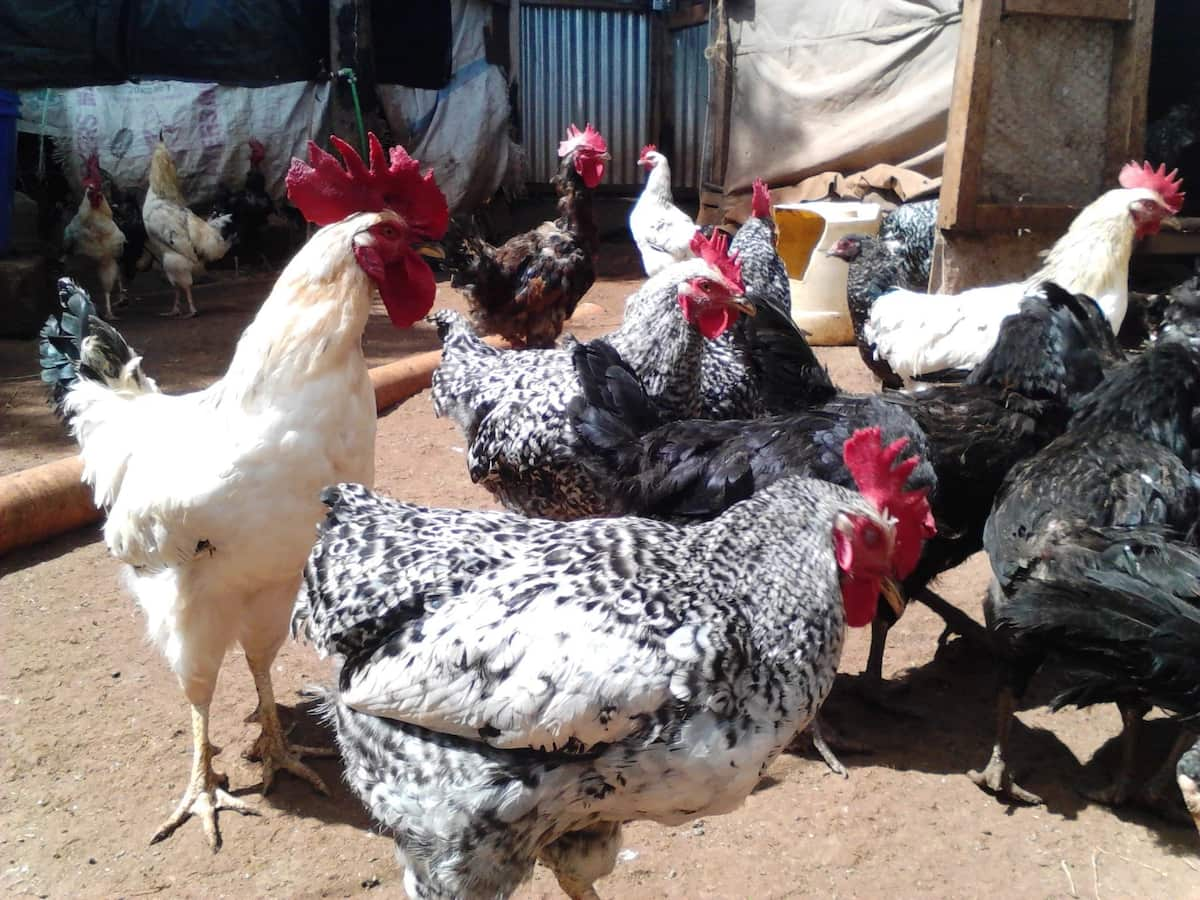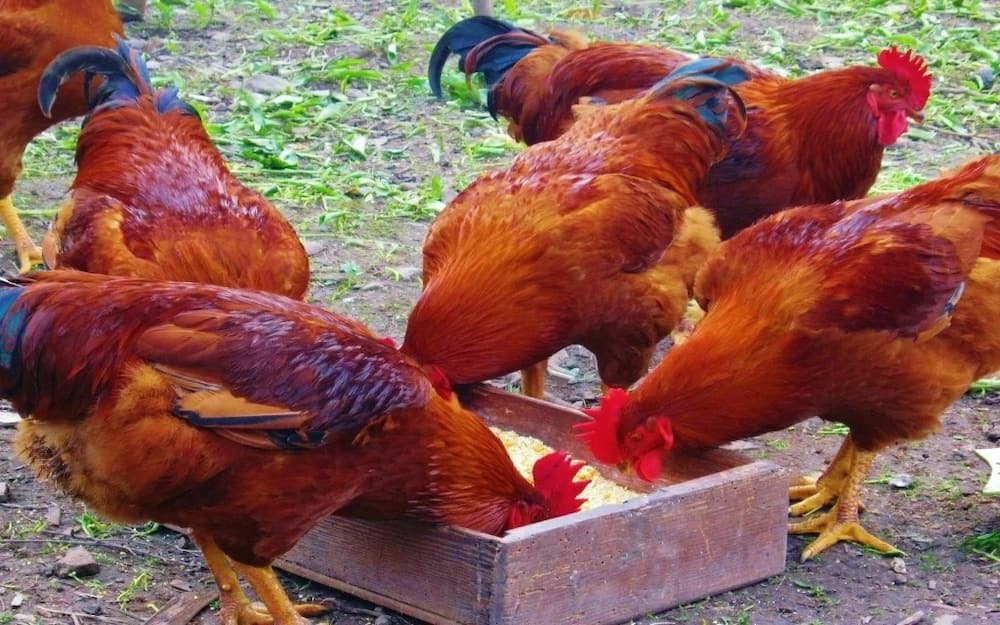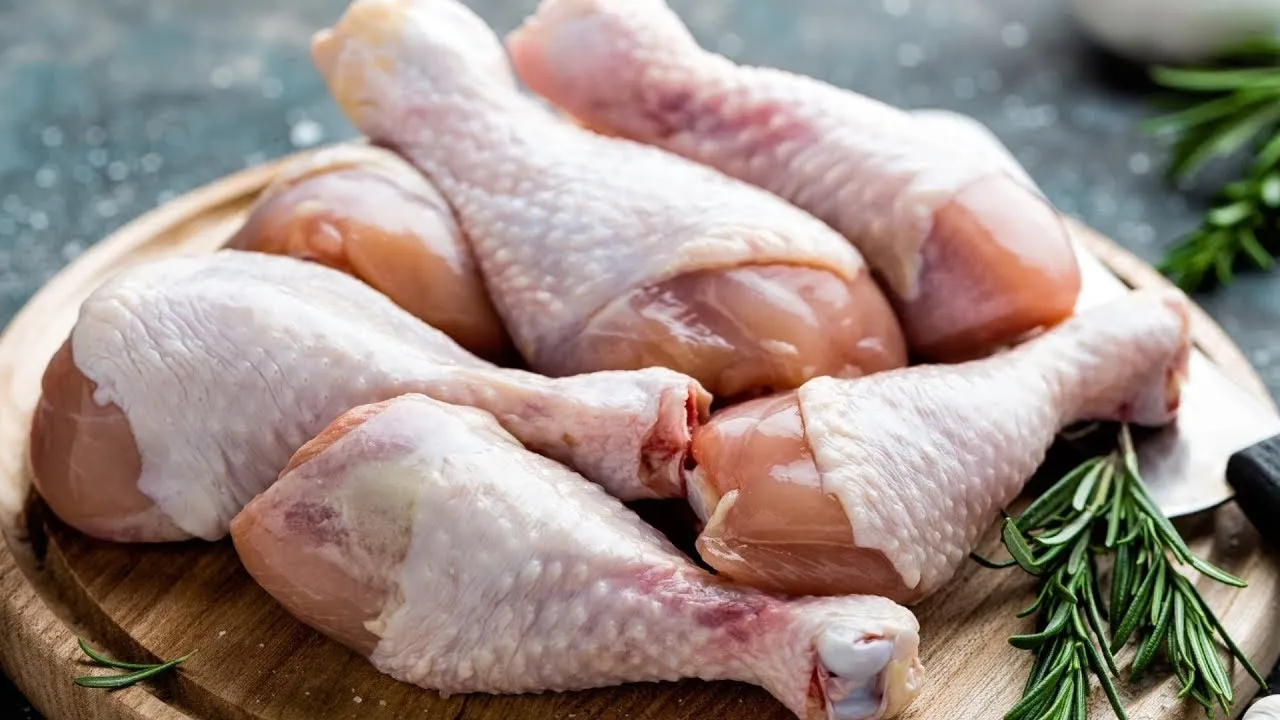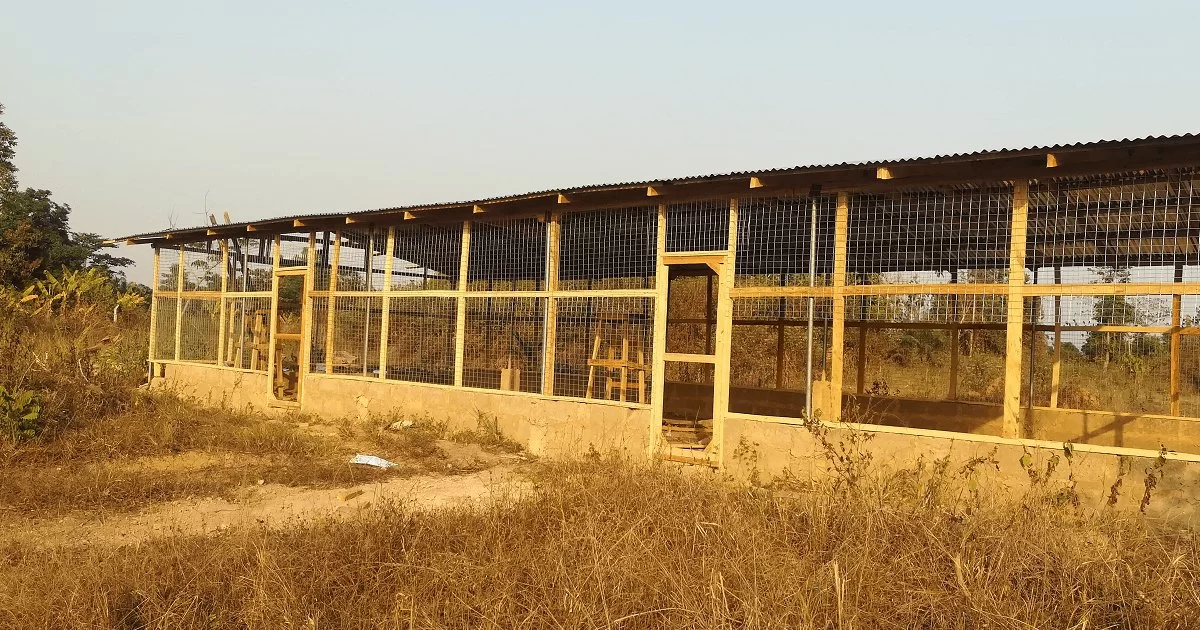Where to buy kienyeji chicken in nairobi
Here are some places where you can buy kienyeji chickens in Nairobi:
- Poultry farms: Poultry farms, such as Kenchick Poultry Farm and Muguku Poultry Farm, often sell kienyeji chickens for use in their own operations, as well as for resale to other farmers.
- Agricultural supply stores: Agricultural supply stores, such as Jumia and Kilimall, sell a wide range of kienyeji chickens for various purposes.
- Online marketplaces: Online marketplaces, such as OLX Kenya, often have a selection of kienyeji chickens for sale.
- Livestock markets: Livestock markets, such as the Nairobi Livestock Market and the Machakos Livestock Market, are a good place to buy kienyeji chickens at wholesale prices.
- Hatcheries: Hatcheries, such as Ecochicks and Kienyeji Hatchery, specialize in hatching and selling kienyeji chickens.
It is recommended to research and compare prices from different sellers, as well as to inspect the chickens before purchasing to ensure that they are healthy and well-suited to your needs.

